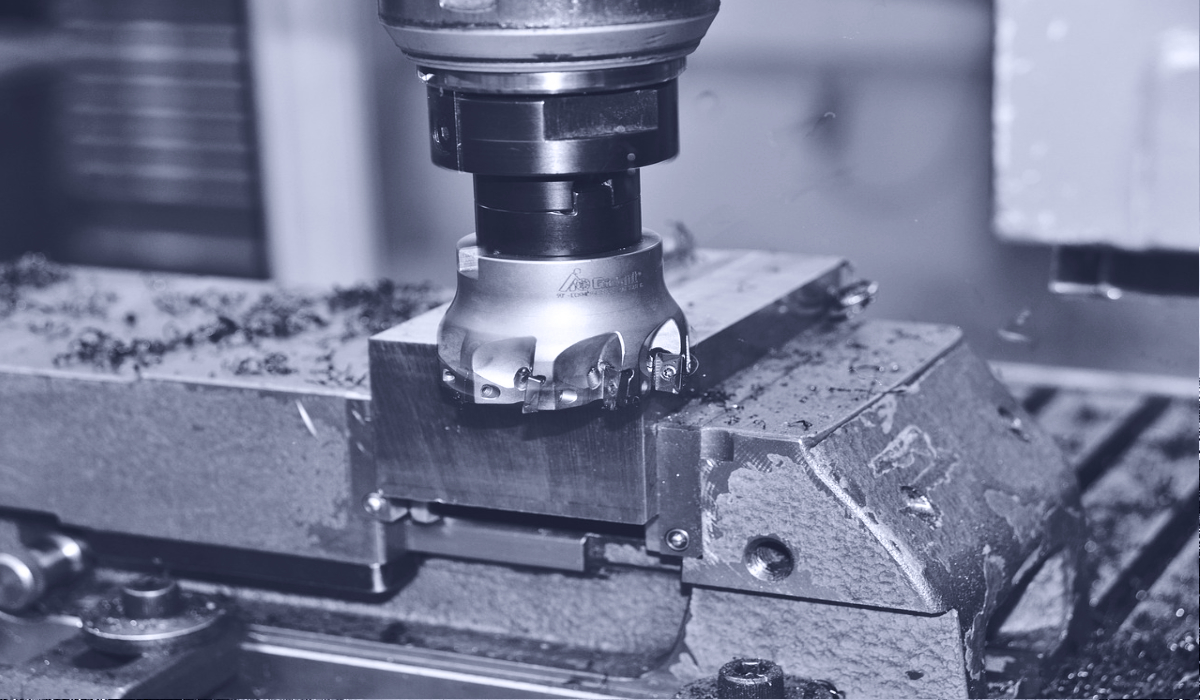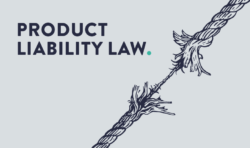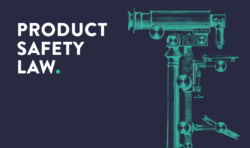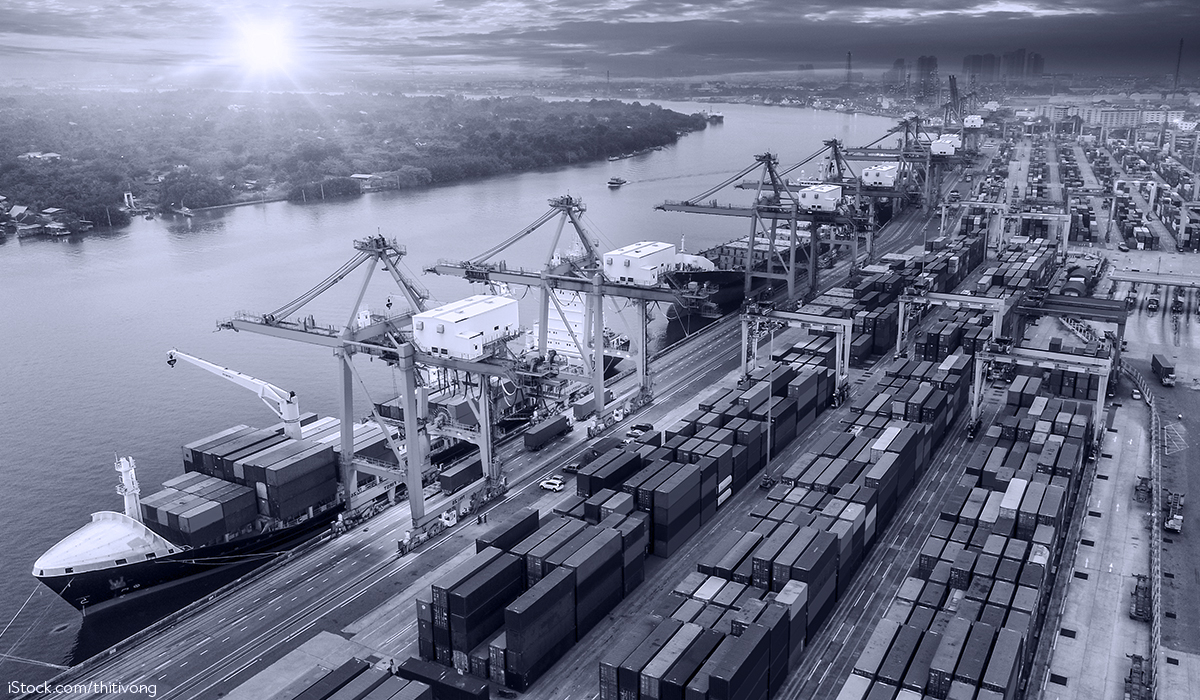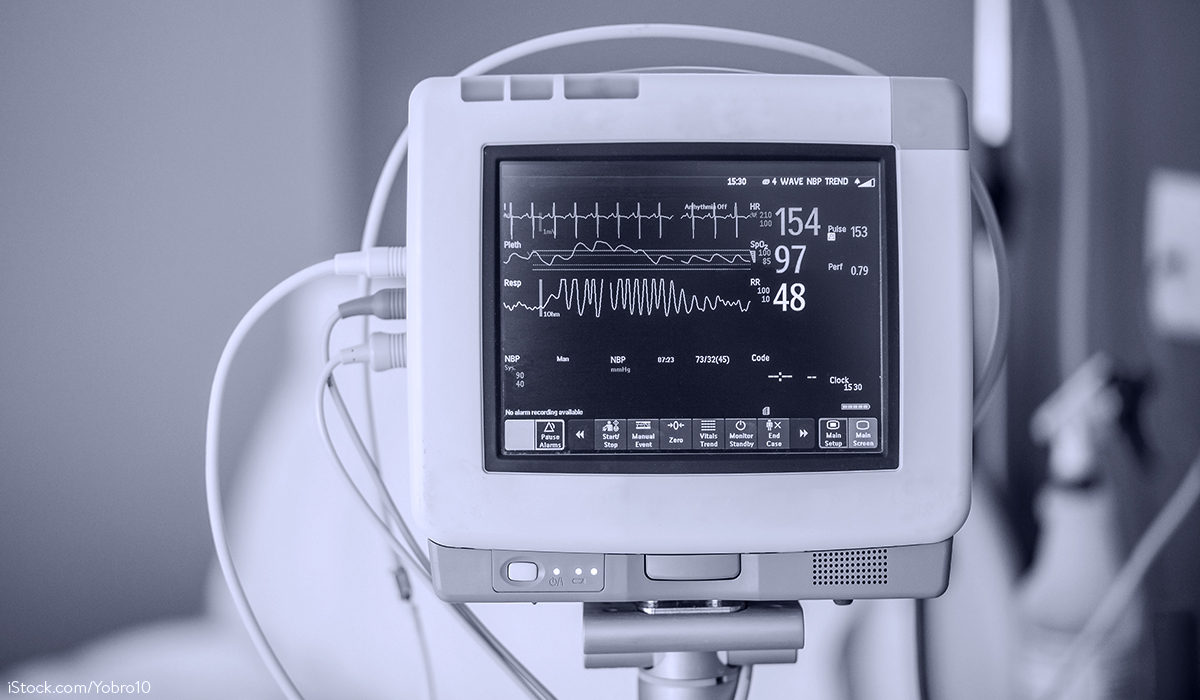Even though the relevant deadline still lies in the distant future at the beginning of 2027, all those affected would do well to deal with the forthcoming changes in good time. This article summarizes the most important changes for economic operators.
A. Background
Much has happened since the adoption of the EC Machinery Directive in 2006: The ability of machines to learn, become more autonomous or process information in real time on the one hand, and new forms of mobility and developments in sensor systems on the other, are new challenges for machine safety. By contrast, when the EC Machinery Directive was published in 2006, artificial intelligence (AI), the Internet of Things and robotics were still in their infancy. For this reason, it was time for the adoption of Regulation (EU) 2023/1230 and thus for the new EU Machinery Regulation (“MR“), especially as European product safety law has also developed significantly in the meantime. Against this background, the new EU Machinery Regulation is nothing less than the legislator’s answer to the digitalisation of the product world, which will dominate in 2023 and which will not stop at machinery in particular. In principle, it will apply throughout the EU from 20.01.2027.
B. Scope of application
The scope of the EU Machinery Regulation remains fundamentally unchanged: The focus is therefore still on complete and partly completed machinery. Interchangeable equipment, safety components, lifting accessories, chains, ropes and webbing, and removable mechanical transmission devices are now referred to as related products, but (continue to) be subject to the same set of rules as complete machines.
The core elements of the concept of machinery remain unchanged, i.e. there is still no de minimis limit, which is occasionally discussed with regard to ballpoint pens or animal beating traps for smaller animals. However, modifications in detail are to be noted. For example, the absence of the installation of software intended for a specific application does not mean that no machine is present, Art. 3 para. 1 (f) MR.
In accordance with Art. 3 No. 10 MR a partly completed machinery “means an assembly which is not yet machinery as it cannot in itself perform a specific application and which is only intended to be incorporated into or assembled with machinery or other partly completed machinery or equipment, thereby forming machinery”. The indeed complicated conceptual element from the EC Machinery Directive, according to which partly completed machinery “is almost machinery”, Art. 2 2nd sentence (g) Directive 2006/42/EC, has thus been dropped.
C. Substantial change
The practically relevant substantial modification of a (complete!) machine or an related product is defined for the first time (Art. 3 No. 16 MR). Up to now, there has been no comparable definition in European Machinery Laws. The practice (at least in Germany) therefore regularly consults the non-legally binding interpretation paper of the Federal Ministry of Labour and Social Affairs (BMAS) on the topic of “substantial modification of machinery”, which is dated 09.04.2015. In the future, a significant change can also be a digital change. In any case, it must affect the safety of the machine, which in turn means that either guards or protective devices must be added or additional protective measures must be taken, e.g. to stabilise the machine. A substantial modification is also “a modification by physical or digital means (…) which is not foreseen or planned by the manufacturer” that takes place after the machinery has been placed on the market or put into service. Anyone who substantially modifies a machine or an related product becomes a manufacturer according to Art. 18 (1) MR and must fulfil the manufacturer’s obligations from Art. 10 MR.
The European legislator thus takes up much of what is currently the subject of the BMAS paper in question. Namely, neither a constant level of security nor an increase in security leads to a significant change.
D. Obligations of economic operators
For the first time, separate obligations of economic operators are created with regard to machinery, whereby the fulfilment service provider is explicitly not an economic operator. Except in the case of the authorised representative, there are two standards each, which refer – admittedly without too many differences – on the one hand to complete machinery and related products and on the other hand to partly completed machinery. This results in the following structure:
- Obligations of manufacturers of machinery and related products: Art. 10 MR
- Obligations of manufacturers of partly completed machinery: Art. 11 MR
- Obligations of the authorised representative: Art. 12 MR
- Obligations of importers of machinery and related products: Art. 13 MR
- Obligations of importers of partly completed machinery: Art. 14 MR
- Obligations of distributors of machinery and related products: Art. 15 MR
- Obligations of distributors of partly completed machinery: Art. 16 MR
The differences between the respective obligations with regard to machinery or related products on the one hand and partly completed machinery on the other are comparatively small. In addition, the catalogue of obligations is based on the model provisions from Annex I to Decision No. 768/2008/EC. Those who are familiar with Low Voltage or EMC Laws will quickly get used to the new regulatory concept. As a result, there will be both pre-market and post-market obligations in Machinery Laws in the future. While the pre-market obligations (e.g. with regard to labelling provisions) can be relevant for the marketability (of a machine or a related product), the after-market is about product monitoring and corrective measures in the field.
It should be particularly emphasised that in future there will also be notification obligations in Machinery Laws, namely for manufacturers, importers and distributors. This means informing the competent market surveillance authorities if machinery or related products give rise to risks, in particular for the safety or health of persons in the field. For manufacturers, this will follow in future from Art. 10 para. 9 2nd sentence, 11 para. 9 2nd sentence MR. It should be noted that notification obligations for dangerous machinery since 16.07.2021 also already follow from Art. 4 para. 3 (c) Regulation (EU) 2019/1020 for the respective EU economic operator.
E. Recognition of digital solutions
Digital operating instructions will be permitted in the future, but there has not yet been a complete breakthrough. The linchpin will be Art. 10 para. 7 MR as of 20.01.2027. A distinction will be made between consumer products (B2C products) and non-consumer products (B2B products) as follows:
- For B2B products, the digital form is permissible. However, a paper operating manual must be provided to the user free of charge upon request within one month.
- B2C products still require the paper form.
In the event that the digital form is chosen, further requirements must be fulfilled, e.g. it must be indicated how the digital instruction handbook can be accessed; in addition, it must be printable and downloadable. Accordingly, the digital assembly instructions are also permitted for partly completed machinery, Art. 11 para. 7 MR.
Digitisation then also applies to the EU declaration of conformity (Art. 10 para. 8 subpara. 2 MR) and to the documents and information required to prove the conformity of the machinery or the related product (Art. 10 para. 10 1st sentence MR).
F. Essential health and safety requirements
The essential health and safety requirements have moved from Annex I to Directive 2006/42/EC to Annex III to MR, but have been developed only cautiously, especially with regard to artificial intelligence (AI) and cybersecurity.
In the future, AI will play a role in particular where “self-evolving behaviour” or “self-evolving logic” is mentioned. In future, any hazards arising from this very behaviour will be an explicit subject of the risk assessment. As far as cybersecurity is concerned, “protection against corruption” must be ensured with regard to certain hardware components, software and data. Against this background, cybersecurity is addressed as a genuine manufacturer’s obligation, which must also be fulfilled in the event of intentional (hacker) attacks by third parties (No. 1.1.9 of Annex III to MR). It should be noted that machines or related products must “collect evidence of a legitimate or illegitimate intervention in that hardware component”. The same applies to the “safety and reliability of control systems” (No. 1.2.1 of Annex III to MR), when it refers to “reasonably foreseeable malicious attempts from third parties leading to a hazardous situation”. Even if this allocation of responsibility is not legally self-evident, it is undoubtedly in the process of becoming established in legislation at the European level. At present, it can be assumed that the Machinery Laws requirements for cybersecurity will be considered fulfilled in the future if the EU Cybersecurity Regulation, which is currently in the legislative process, is complied with.
G. Conformity assessment procedure
The linchpin for the future law on conformity assessment is Art. 25 MR. Currently, a distinction is made between so-called Annex IV machines on the one hand and the remaining machines on the other. In all cases, internal checks come into consideration. This applies even to the potentially more critical Annex IV machines, if and insofar as harmonised standards are used as a basis (Art. 12 para. 3 (a) Directive 2006/42/EC).
In future, this (industry-friendly) approach will no longer be permitted in all cases, i.e. there will be scenarios in which it will be mandatory to involve a notified body. The following four case groups are to be distinguished:
- The machine is listed in Part A of Annex I to MR (Art. 25 para. 2 MR).
- Machine is listed in Part B of Annex I to MR and has not been manufactured in accordance with standards or common specifications harmonised for this category of machinery or associated products.
- Machine is listed in Part B of Annex I to MR and has been manufactured in accordance with standards or common specifications harmonised for that category of machinery or associated products.
- all other machines
In the relevant Part A, which consists of six numbers, for example, removable mechanical transmission devices including their guards (No. 1) or vehicle servicing lifts (No. 3) are mentioned. Part B, with a total of 19 numbers, covers e.g. certain types of single- and multi-blade circular saws, e.g. for working with wood (No. 1), portable chain saws for woodworking (No. 8) or logic units to ensure safety functions (No. 17). As a result, the previous Annex IV machines (with their 23 entries) were transferred wholesale to the new Annex I to MR, whereby two different risk groups are now formed (Part A and Part B). The machines listed in Annex I to MR can be described as high-risk machines, even though this term has not found its way into the EU Machinery Regulation.
For the categories of machinery listed in part A, only the following modules or combinations of modules can be considered: module B+C, module G or module H. These three modules or combinations of modules are also applicable when machinery is listed in part B and no harmonised standards or common specifications are applied. Conversely, internal production control (module A) is applicable to these machines when harmonised standards or common specifications are applied. Finally, module A also applies to all machines other than those listed in Annex I to MR. Module A therefore remains the legal normal case.
H. Conclusion
The adaptation of the Machinery Laws (from 2006!) both to technical developments in the meantime, such as AI and cybersecurity, and to the status quo of legislation in European product safety law was overdue. For the economic actors, however, this also entails new obligations that must be carefully considered: Manufacturers, authorised representatives, importers and distributors must check whether they are already prepared to fulfil these obligations or whether and, if so, what adjustments need to be made. The advantage is that there will be time for any adjustments until 20.01.2027.
The entry of digitalisation into Machinery Laws is to be welcomed, even if, as expected, this paradigm shift is still being tackled very cautiously. Whether the only slightly changed definition of partly completed machinery will lead to fewer interpretation problems in the future remains to be seen. Viewed in the light of day, it is not particularly likely. Within the essential health and safety requirements, particular attention must be paid to the new requirements for AI and cybersecurity.
Finally, it is important firstly to observe the (slight) tightening in the law on conformity assessment: in future, a notified body will have to be involved without exception for six categories of (high-risk) machinery. Secondly, it should not be overlooked that the substantial modification of machinery in particular will be defined by law in the future, whereby the legislator has fortunately closely followed the BMAS paper.
Do you have any questions about this news or would you like to discuss it with the author? Please contact: Dr. Carsten Schucht
